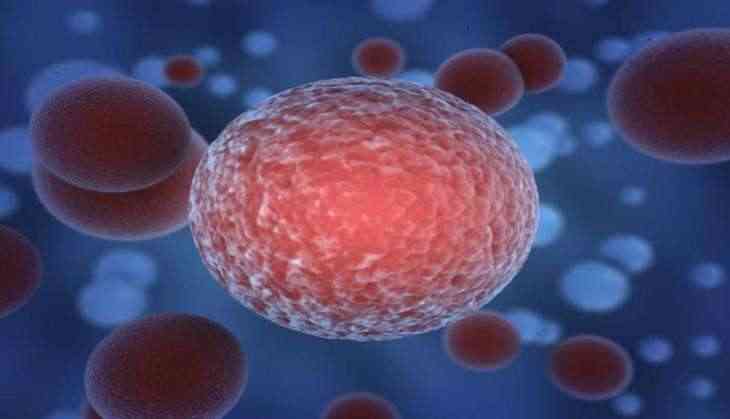
Lung cancer is one of the most common cancers in the world.
There are two major types of lung cancers, Non Small Cell Lung Cancer (NSCLC) and Small Cell Lung Cancer (SCLC). Knowing which type you have is important because it affects your treatment options and your outlook.
Non small cell lung cancer is the most common type and accounts for 85% of lung cancers. Adenocarcinoma, squamous cell carcinoma and large cell carcinoma are all its histological subtypes.
Once the histological lung cancer is confirmed, it is very important to identify the stage of the lung cancer and to estimate the prognosis, as it helps in further treatment planning. Lung cancer has four stages.
"When the lung cancer is located in the lung and has not spread to any lymph nodes, it is considered as stage 1. When it spreads to nearby lymph nodes it will be stage 2. When the cancer is found in the lungs and in the lymph nodes in the middle of the chest, it is considered as stage 3 and also described as locally advanced lung cancer. When the cancer has spread to both lungs, or to the fluid around the lungs or to the other parts of the body, then it will be considered as stage 4," said Dr K R Madhava, Senior Consultant, Medical Oncology, BGS Gleneagles Global Hospitals.
Surgery, radiation, chemotherapy, targeted treatments and immunotherapy alone or in combination are used to treat lung cancer patients.
Use of individual treatment options would be based on the stage of cancer and symptoms.
Surgery: Most stage 1 and stage 2 lung cancer patients are treated with surgery to remove the tumor if the patient is very fit. As most of the lung cancer patients are not very fit and suffer from poor lung and heart condition, up to 10% of patients only can undergo curative lung surgery.
Radiation: Patients with early lung cancer, but not suitable for surgery (stage 1& 2), or advanced lung cancer (stage 3) are treated with radiation with the intention to cure. Sometimes both radiation and chemotherapy given together. Radiation is also used to treat patients with stage 4 cancer when the cancer has spread to bones, spinal cord or brain to relieve pain and pressure symptoms.
Chemotherapy: For most advanced cancer patient chemotherapy is used to control the tumor growth. Chemotherapy generally has some side effects and is only given to fit patients. In some situations, chemotherapy is used after surgery to improve the cure rate. Similarly, chemotherapy is also used before or together with radiation in certain situations to get the maximum benefit.
Targeted therapy: One of the most exciting developments in oncology field, many of these medicines are oral tablets which can be taken at home with minimum supervision. These medicines tend to have fewer side effects as compared to chemotherapy. We need to test the tumor for certain genetic markers before prescribing these medicines as some of these medicines work only if the tumor tests positive for certain markers. Some of these drugs can be taken for a long period of time with steady tumor control.
Immunotherapy: This has recently emerged as a new treatment option. This class of drug seems to have even less side effects. Immune check point inhibitors (PD-L1) targeted drugs have already shown a promising role, and are likely to emerge as main therapy for lung cancers in future.
Newer treatment options particularly targeted therapy and immunotherapy have changed the treatment paradigm in lung cancer and hold great promise.
-ANI


